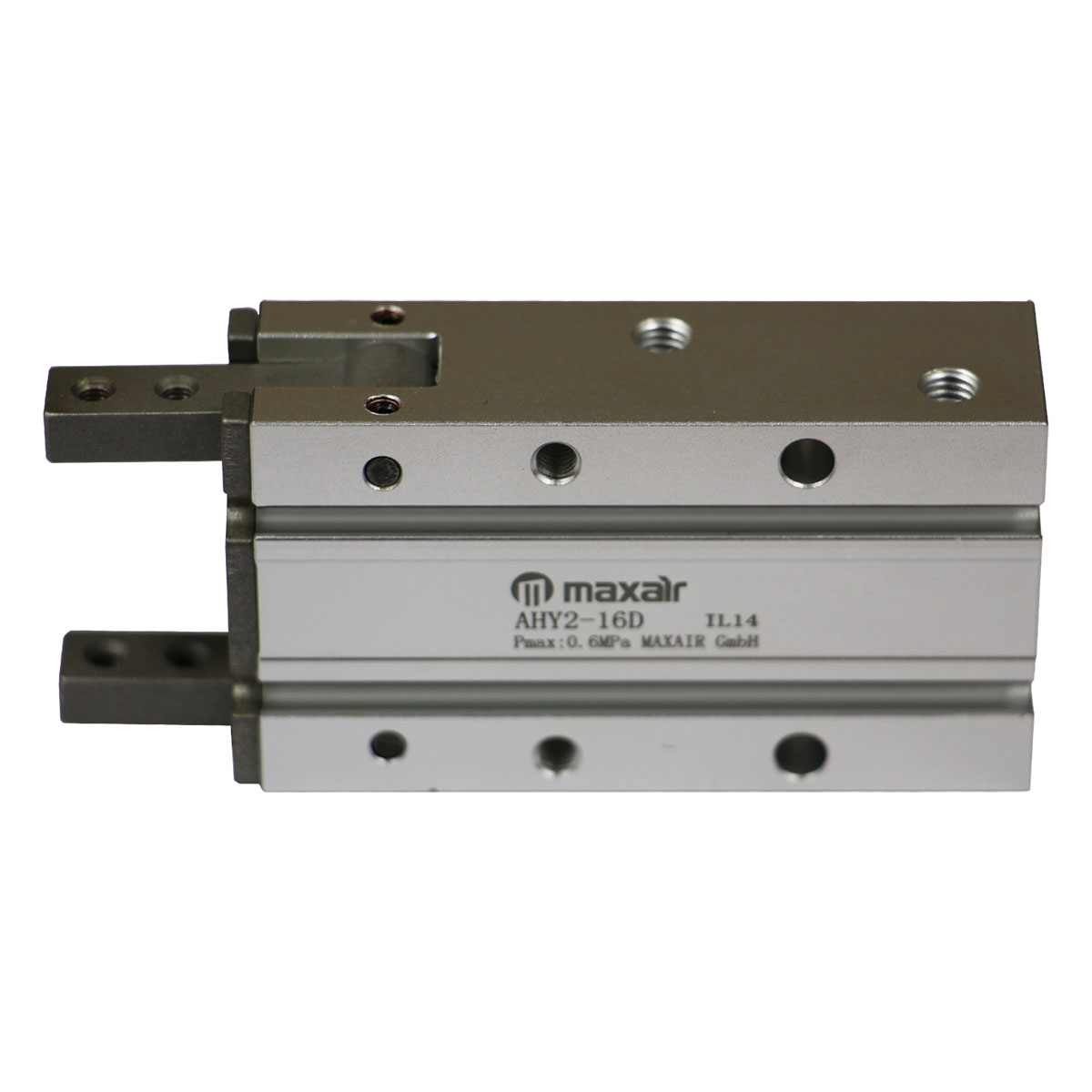How to make the air run by itself, only the wind knows. Perhaps the air motor is the actuator of the pneumatic system, which converts the energy of the compressed air into mechanical work. The air motor that converts the pulses applied to it into reciprocating piston motion is called a cylinder.

Application field of cylinder
According to the nature of the application, cylinders are usually divided into clamping and transportation. The former is used as a power drive for clamping, fixing and switching devices. The conveying cylinder with a longer stroke is the source of motion for various conveying devices. Impact cylinders can be divided into a separate functional group. Their power can be used for impact punching, punching, marking, embossing and other similar equipment.
Generally, the power capability of cylinders is used in mechanical engineering and instrument manufacturing, casting and welding, metal processing, and many other industries that have chosen pneumatic control systems to bypass hydraulic and electrical systems. In order to be more precise and more modern, pneumatic equipment is most effectively used in pneumatic hydraulic drives. The source energy in these combined systems is the potential energy of compressed air the compressor unit. Air enters the system through a pneumatic valve. Pneumatic hydraulic actuators are usually pneumatically controlled hydraulic systems.
The main principle of the pneumatic cylinder is the working principle
According to the working principle, the cylinder is divided into one side and two sides. In a single-acting cylinder, the compressed air pressure only acts on the piston in one direction, while in the other direction, the piston with a rod moves like a pump under the action of external force, its own weight, spring return force. In a double-acting cylinder, the piston and piston rod move in two opposite directions under the action of compressed air.
Pneumatic cylinder modification
The design of pneumatic cylinders varies according to the purpose of these actuators and their additional functions.
By connecting multiple cylinders with different stroke lengths, they can be used as positioners to provide multiple fixed positions for working elements.
In the case the cylinder diameter is limited due to lack of space, but special effort is required, dual cylinders are used, in which two ( more) cylinders are connected in series and work on one rod. Therefore, the force of the compressed air is doubled ( the number of times the cylinders are connected together).
The longest stroke is provided by a cylinder with a flexible rod. It is used when the space for extending long stems is limited. There is a completely rodless cylinder in which the piston moves due to the attraction of the magnet.
The pneumatic hydraulic cylinder provides a stable rod movement speed. The pneumatic cylinder consists of two cylinders: a pneumatic cylinder and a hydraulic cylinder.
In addition to fixed cylinders, there are rotary cylinders, which are used for clamping devices for machines that process bars and blanks.
In order to prevent the piston hitting the surface of the cylinder at the end of the working stroke, resulting in damage to the body, the cylinder is provided with a throttle device an additional piston brake mechanism. Different types of braking systems are embodied in cylinders with air chambers ( diaphragms): vibration compensation occurs due to the deformation of the diaphragm.
Among the pneumatic cylinders, the German-Austrian air muscles and balloon cylinders are considered relatively novel things (about 10 years of development). The sturdy design of pneumatic muscles and no moving mechanical parts-sealed rubber hoses reinforced with high-strength fibers-enable it to be used in the dustiest and dirtiest conditions and guarantee a long service life. Bladder cylinders are also suitable for heavy dust environments and can also be used underwater.
According to operating conditions, given load, main pressure, mass of moving parts and speed of piston, the parameters of cylinder diameter and stroke length. The pneumatic cylinder can be miniature, with a piston diameter of 2.5 mm and a stroke of 5 mm, designed for microcircuits in space technology. However, the absolute Gulliver next to this debris looks like a pneumatic cylinder with corresponding parameters of 300 mm and 4000 mm, and its power will be used for ferrous metallurgical rolling mills.